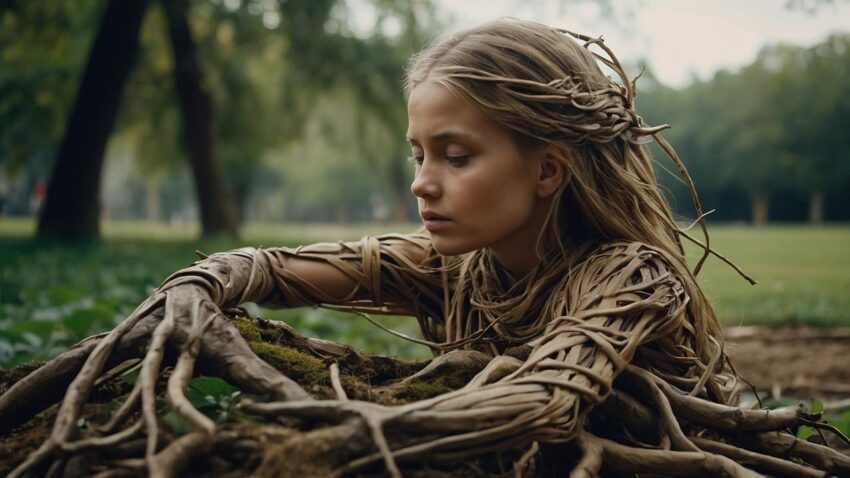In my MFA program, I learned about hybrid forms as a common technique in experimental literary fiction and poetry, but lately I’ve noticed it more often in the genre fiction I read. In his most recent novel, Horror Movie, Paul Tremblay interweaves scenes from a fictional screenplay with traditional prose. Brian McAuley uses the same structure in his 2022 slasher novel, Curse of the Reaper. Julia Fine’s The Upstairs House incorporates sections of the protagonist’s languishing dissertation on famed children’s author, Margaret Wise Brown. And Hidden Pictures by Jason Rekulak includes, you guessed it, illustrations. Each of these works uses a different hybrid form to achieve different effects, but ultimately they all serve to build suspense.
Tremblay and McAuley write about slasher films and using scenes from fictional screenplays allows them to mimic the art form, a way of showing rather than telling. The interspersed scenes act as smash cuts from the linear narrative, juxtaposing the perspective of the (often unreliable) narrator with a more omniscient point of view. Tension escalates as the discrepancies between the “script” and the protagonist’s version pile up. Instead of consistently breaking the narrative flow with flashbacks, the screenplay scenes actively move the plot forward.
Similarly, Julia Fine includes excerpts from her main character’s dissertation in place of info-dumping. The short, interrupted sections demonstrate the protagonist’s struggle to continue her work after the birth of her first child. They also establish the relationship between Margaret Wise Brown (the ghost haunting the main character’s home) and her lover, Michael Strange, without interrupting the novel’s propulsive momentum.
Rather than trying to describe every disturbing image the young, haunted character in Hidden Pictures draws, Jason Rekulak chooses to show them. This technique creates a more immersive, visceral experience for the reader. But what if you’re writing a novel without references to another art from (film or visual art) or type of literature (essays or articles)? You might experiment with reimagining flashbacks or exposition as letters, journal entries, photographs or maps, something tangible with which both your characters and readers can interact. With the rise of graphic novels, especially for younger readers, it very well may be that hybrid forms are the shape of the future!
Image by 1tamara2


Interesting ideas… now I’ll have to go look at those books to see how they handle what you describe. Thanks!